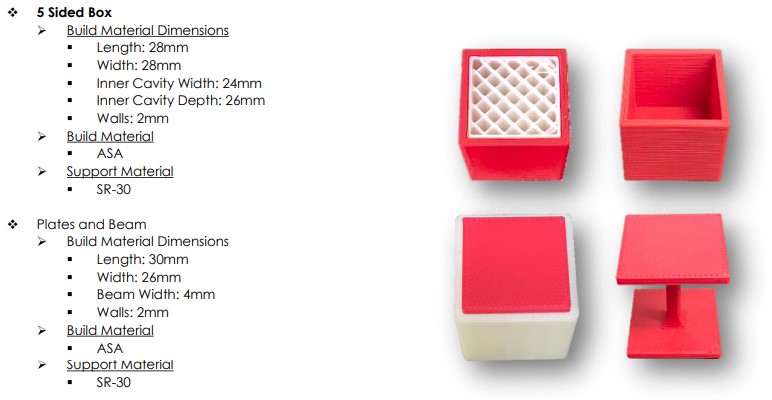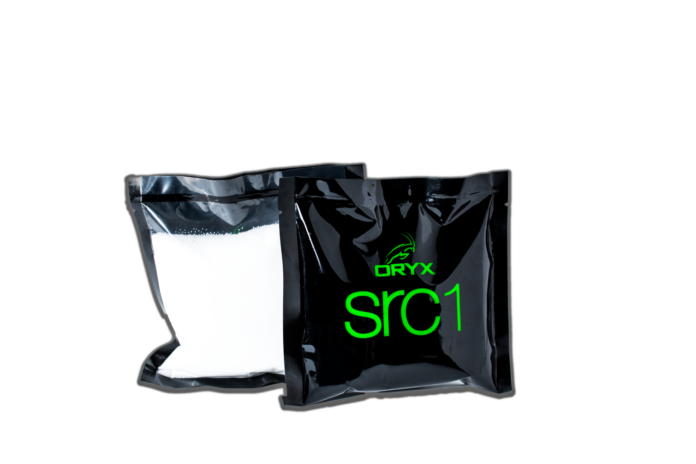Oryx Additive has developed a new chemical cleaning agent for removing support material from Fused Deposition Modeling (FDM) 3D printed parts.
If you are not quite familiar with the name Oryx Additive, don’t worry. The spun off from Phoenix Analysis & Design Technologies (PADT) officially debuted on the AM market last year with the release of the Oryx Additive scaWaterjet, a post-processing solution for 3D printed parts.
The SRC completes the company’s portfolio and ambitions to support material at twice the speed of other cleaning agents. Designed for 3D printing bureaus, labs and industrial users of AM in mind, the cleaning agent would be a particular good fit for 3D printing service providers or those engaged in product prototyping as they often have to deal with time-sensitive requests.
The ‘src1’ cleaning agent has been specifically formulated to tackle Stratasys’ SR-30 material, a soluble polymer support that helps to achieve the production of parts with complex overhangs from high-temperature filaments.
“Once src1 had been developed, the first testing objective was to compare the dissolution speed of Oryx’s src1 versus the leading competitor while evaluating pH between the two cleaning solutions. Testing was conducted on an Oryx Additive sca1200ht. Tempe, Arizona city water was used in the machine. The temperature of the sca1200ht was at room temperature. pH measurements were taken before and after testing and were consistent throughout the test due to the limited amount of soluble material that was dissolved. Ten samples each of two specimen types were printed from a MakerBot Method X using red ASA model material and SR-30 support material were designed and used to simulate internal and external support material”, the company explains.

The specimens were weighed before being placed in the solution, immediately after all support material was dissolved, and finally after 1 day of drying time to accurately measure how much support material was removed. Based on shown testing data, src1 roughly cleans SR-30 material at twice the speed of the leading competitor. In addition, src1 can process double the mass of SR-30 compared to the leading competitor before becoming ineffective at removing SR-30, the company continues.
“We listened to our customers, understood the needs for industrial additive manufacturing and found that current technology limits the ability to maximize support removal, and with this, src1 was born,” explained Keith Jeffcoat, CEO of Oryx Additive. “We’re happy to release another trusted product with solid results.”
Remember, you can post job opportunities in the AM Industry on 3D ADEPT Media free of charge or look for a job via our job board. Make sure to follow us on our social networks and subscribe to our weekly newsletter : Facebook, Twitter, LinkedIn & Instagram ! If you want to be featured in the next issue of our digital magazine or if you hear a story that needs to be heard, make sure you send it to contact@3dadept.com






